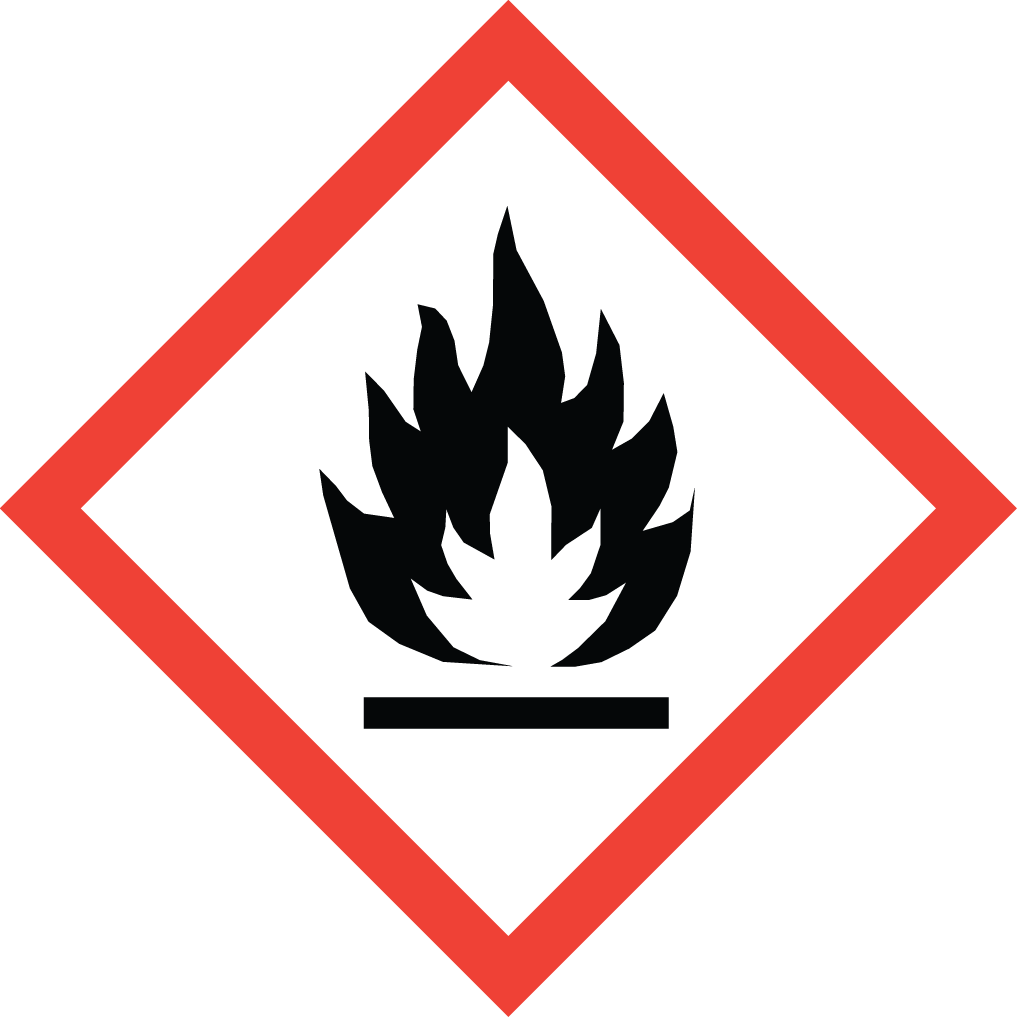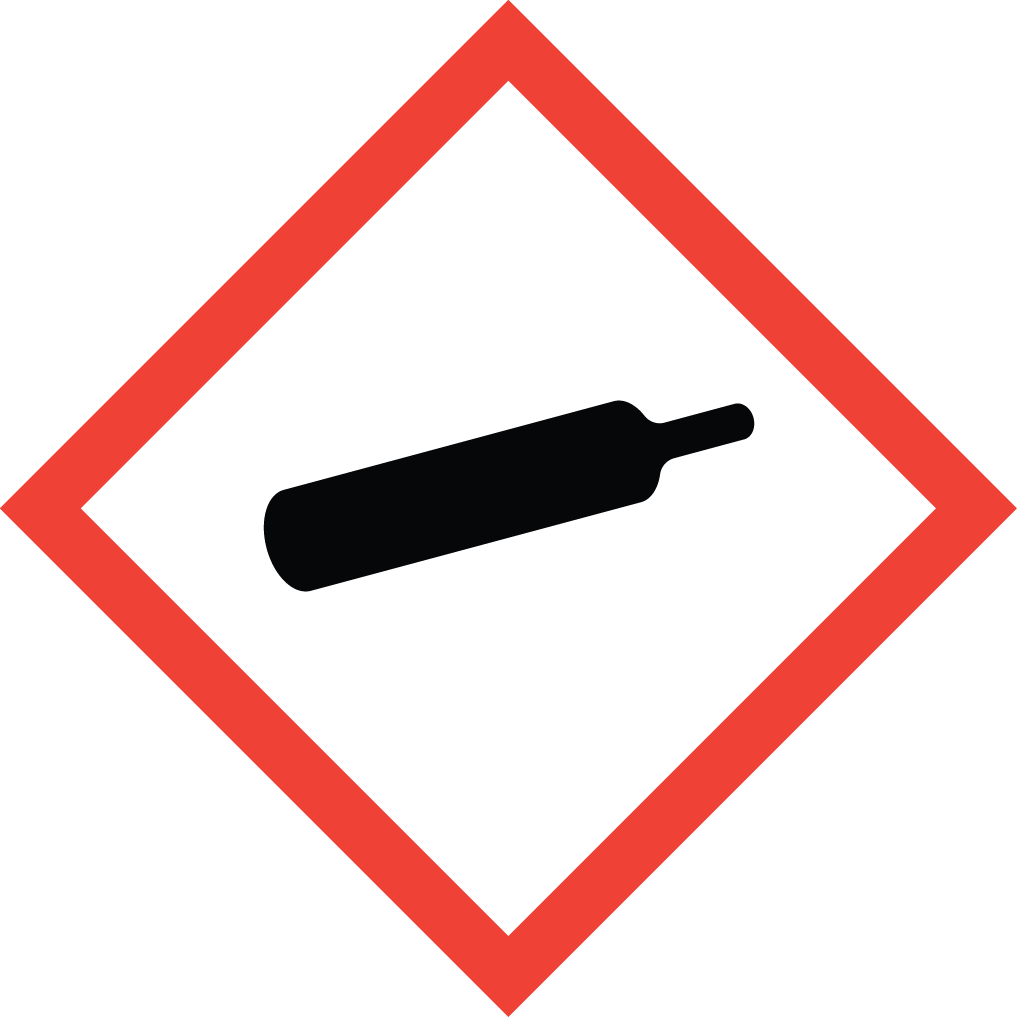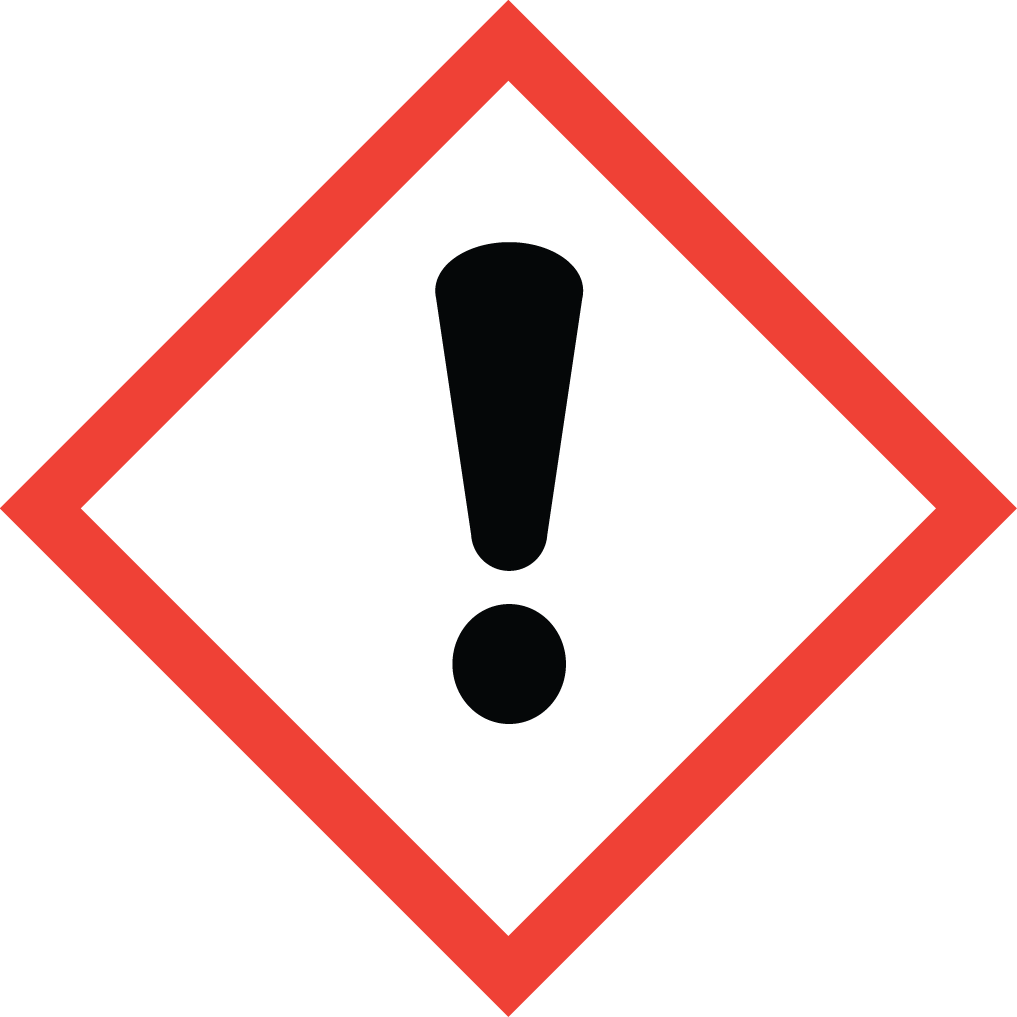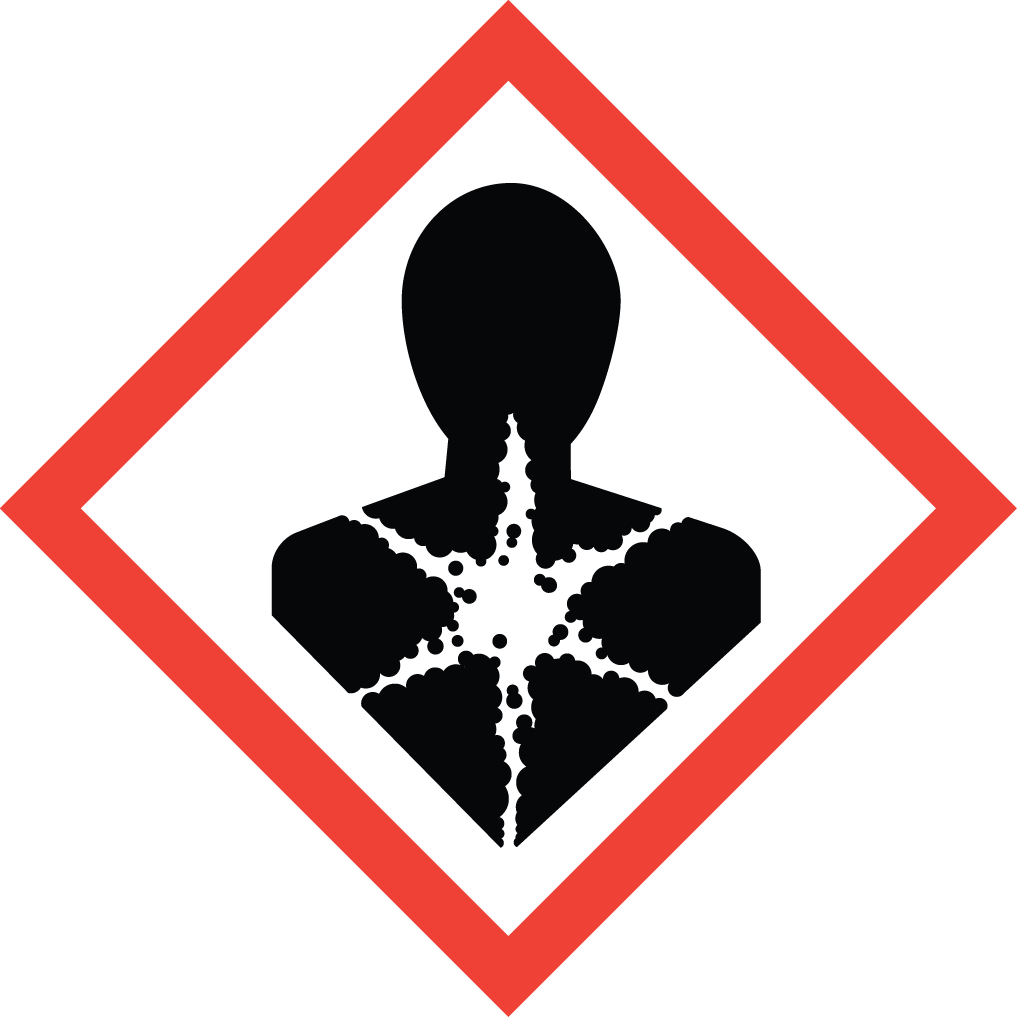PTOUCH 2X SSPR NAT 6PK GLOSS REAL ORANGE |
Hazard Statements
Flammable Aerosol, category 1 H222 Extremely flammable aerosol. Skin Sensitizer, category 1 H317 May cause an allergic skin reaction. Eye Irritation, category 2A H319 Causes serious eye irritation. STOT, Single Exposure, category 3, NE H336 May cause drowsiness or dizziness. Germ Cell Mutagenicity, category 1B H340 May cause genetic defects. Carcinogenicity, category 1B H350 May cause cancer. Reproductive Toxicity, category 1B H360 May damage fertility or the unborn child. Gases under Pressure; Compressed Gas H280 Contains gas under pressure; may explode if heated.
Precautionary Statements
P201 Obtain special instructions before use. P210 Keep away from heat, hot surfaces, sparks, open flames and other ignition sources. No smoking. P211 Do not spray on an open flame or other ignition source. P251 Do not pierce or burn, even after use. P261 Avoid breathing dust/fume/gas/mist/vapours/spray. P264 Wash thoroughly after handling. P272 Contaminated work clothing should not be allowed out of the workplace. P280 Wear protective gloves / protective clothing / eye protection / face protection. P321 Specific treatment (see notice on this label). P405 Store locked up. P501 Dispose of contents and container in accordance with local, regional and national regulations. P302+P352 IF ON SKIN: Wash with plenty of soap and water. P304+P340 IF INHALED: Remove person to fresh air and keep comfortable for breathing. P305+P351+P338 IF IN EYES: Rinse cautiously with water for several minutes. Remove contact lenses, if present and easy to do. Continue rinsing. P308+P313 IF exposed or concerned: Get medical advice/attention. P403+P233 Store in a well-ventilated place. Keep container tightly closed. P410+P403 Protect from sunlight. Store in a well-ventilated place. P410+P412 Protect from sunlight. Do not expose to temperatures exceeding 50°C / 122°F. P362+P364 Take off contaminated clothing and wash it before reuse. P317 Get medical help. P333+P317 If skin irritation or rash occurs: Get medical help. P337+P317 If eye irritation persists: Get medical help.
Manufacturer information
Name
Rust-Oleum Corporation
Phone
847-367-7700
Address
11 Hawthorn Parkway
Vernon Hills, IL 60061
PICTOGRAMS




HMIS
| HEALTH |
2 |
| FLAMMABILITY |
4 |
| PHYSICAL HAZARD |
0 |
| PERSONAL PROTECTION |
ENGINEERING CONTROLS: Provide general dilution of local exhaust ventilation in volume and pattern to keep TLV of hazardous ingredients below acceptable limits. Use process enclosures, local exhaust ventilation, or other engineering controls to control airborne levels below recommended exposure limits. Use explosion-proof ventilation equipment. Prevent build-up of vapors by opening all doors and windows to achieve cross-ventilation. RESPIRATORY PROTECTION: A respiratory protection program that meets OSHA 1910.134 and ANSI Z88.2 requirements must be followed whenever workplace conditions warrant a respirator's use. A NIOSH/MSHA approved air purifying respirator with organic vapor cartridge or canister may be permissible under certain circumstances where airborne concentrations are expected to exceed exposure limits. SKIN PROTECTION: Use gloves to prevent prolonged skin contact. Nitrile or Neoprene gloves may afford adequate skin protection. EYE PROTECTION: Use safety eyewear designed to protect against splash of liquids. OTHER PROTECTIVE EQUIPMENT: Refer to safety supervisor or industrial hygienist for further guidance regarding types of personal protective equipment and their applications. HYGIENIC PRACTICES: Wash thoroughly with soap and water before eating, drinking or smoking. Remove contaminated clothing immediately and launder before reuse. |
NFPA
2
4
0

Northern Michigan University
Local data
SKU #


